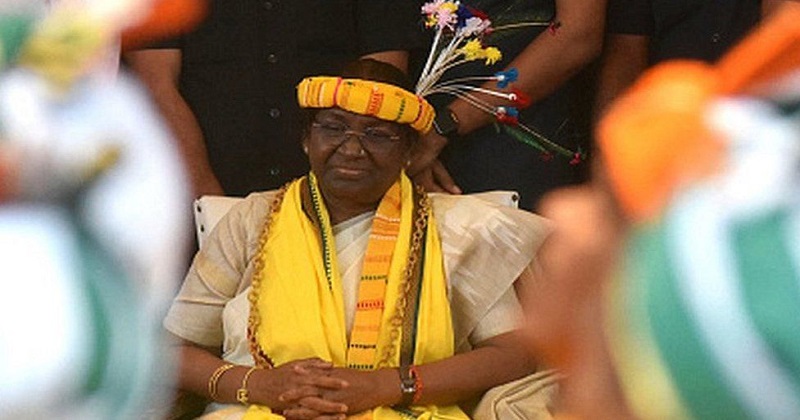
Droupadi Murmu is almost certain to be elected as India’s 15th President. She is the first tribal woman to run for the position. She comes from the Santhal community, which has a colourful past. After decades of hard work, the Santhali community and language are now gaining national and international attention. Once reliant on agriculture, this community now has the highest literacy rate in the country.
Jharkhand Chief Minister Hemant Soren, current Comptroller and Auditor General of India (CAG) Girish Chandra Murmu, and Bisweshwar Tudu, India’s Minister of State for Tribal Affairs and Jal Shakti are all members of the Santhal community. Apart from India, members of this community have settled in Nepal and Bangladesh, among other places.
The Santhals, once known as a nomadic tribe, are now India’s third largest tribal community, after the Gonds and Bhils. This community’s involvement in politics has grown over the last two decades and its population had grown to around 6 million by the twenty-first century. The community is primarily found in Bihar, Jharkhand, West Bengal, and Odisha.
Santhal means ‘calm’
According to the Scheduled Castes and Scheduled Tribes Research and Training Institute (SCSTRTI), Bhubaneswar, the name ‘Santhal,’ which means ‘quiet and serene,’ is derived from two words: ‘santha,’ which means ‘calm,’ and ‘ala,’ which means ‘man’. The Santal, or Santhal, are a Munda ethnic group from South Asia.
However, due to a lack of written records, the precise date of the Santhal community’s founding is unknown. However, it is believed that they originated in the Champa kingdom of North Cambodia. By the end of the 18th century, it was a nomadic group that had gradually settled in the Chota Nagpur Plateau of Bihar, Odisha, and Jharkhand.
Santhal Uprising
As a result of interactions with the British Raj, which are perhaps the most notable aspects of its more recent history, the community revolted against British rule in 1855, two years before the far more famous uprising of 1857. The Santhal Revolt occurred between 1855 and 1856. The Santhal tribe has a sizable population in Jharkhand. This was India’s first significant peasant uprising. The uprising was caused by the implementation of the Permanent Land Settlement in 1793.
Through the aforementioned settlement pattern, the British seized territories that the Santhals had been cultivating for ages. Farmers were exploited by zamindars (land-owning communities), lenders, Europeans, and British government officials, who increased the land tax as well. Because they were oppressed, they decided to revolt against the government and landlords.
The Santhals were involved in guerrilla warfare. This was an unusual occurrence in Bihar. To fight their oppressors, the Santhals formed their own peasant army. The Santhal army destroyed the rail and postal networks. For a time, the Santhal insurgency was undoubtedly successful, but it was crushed because it was unable to overthrow the government’s absolute power.

Post Your Comments